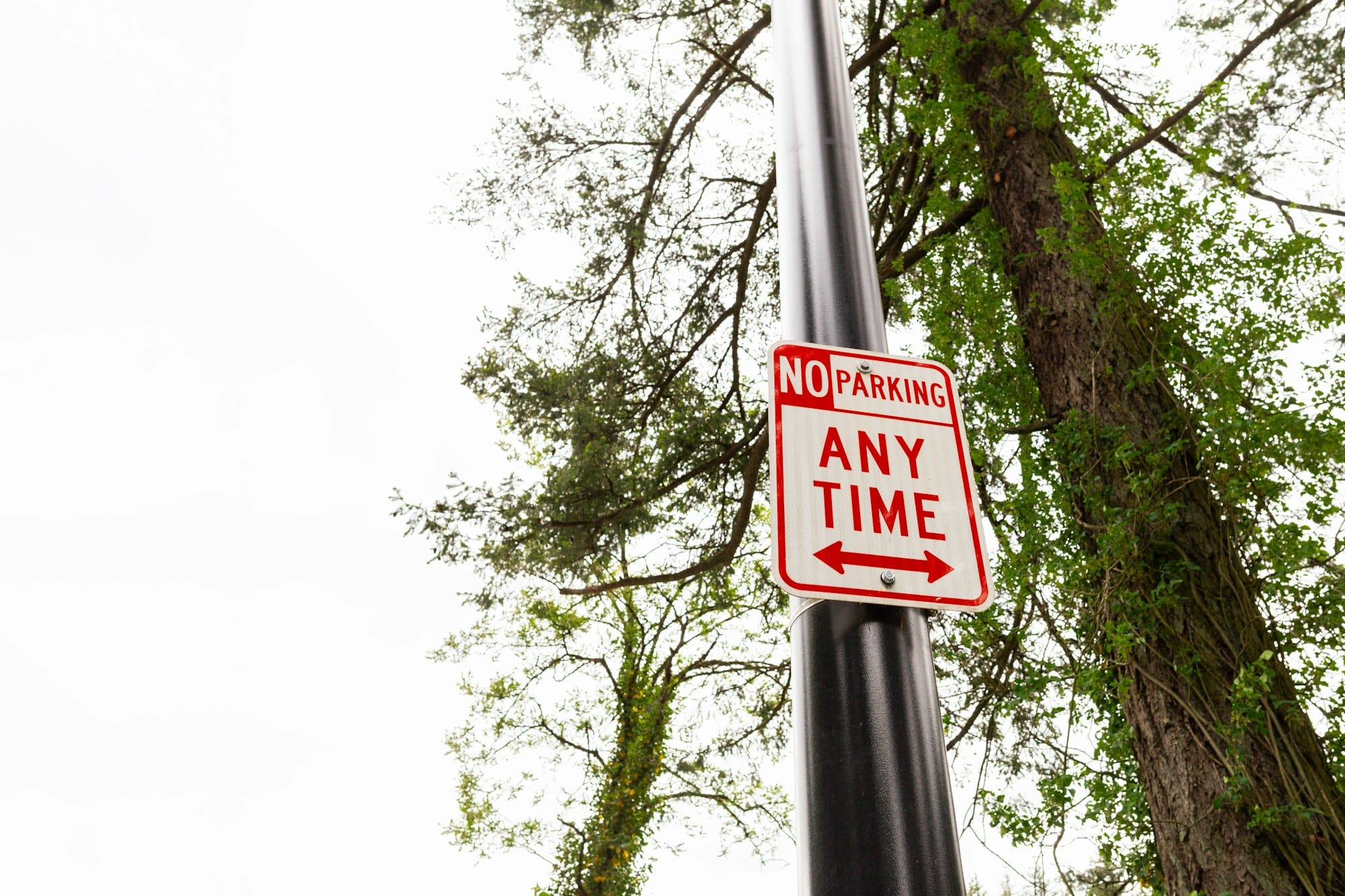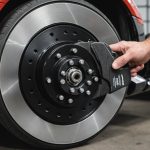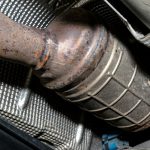In days gone by, car engines were simpler. There were fewer sensors and fewer parts that relied on computer functions. One of the keystone parts of those older engines was the carburetor. For those of us who still have a love for these vintage machines, understanding how to accurately adjust the idle speed of such engines is a valuable skill. This article provides a comprehensive guide on how to correctly set the idle speed in UK cars with carbureted engines. Here, we’ll deep-dive into the nitty-gritty of these classic powerhouses, looking at everything from the throttle to the fuel mixture, the vacuum, and the choke.
The Basics of a Carbureted Engine
Carbureted engines, also known as carb engines, are the precursors of today’s fuel-injected engines. They function by mixing air and fuel, which enters the engine cylinder where the mixture is burned to generate power. The carburetor is a vital component that governs this mixture.
Also read : What are the detailed steps to replace and dispose of a car battery in the UK?
The carburetor has several functions, including regulating the engine’s speed at idle. The idle speed is the minimum engine speed at which the car can operate when the throttle is completely closed, and it’s typically set at a speed that will keep the engine running smoothly while at a stop. The idle speed is not only crucial for maintaining the engine’s operation, but it also helps reduce excessive fuel consumption and minimises the risk of stalling.
Adjusting the Idle Speed
Adjusting the idle speed of a carbureted engine consists of altering the carburetor settings. This process requires some knowledge of how the carburetor operates and the role of each of its components, such as the throttle, the choke, and the fuel mixture valve.
Topic to read : How do you replace a clutch in a front-wheel-drive car without professional tools in the UK?
To start, you will need to ensure that the car’s engine is at its operating temperature. The idle speed should never be adjusted on a cold engine, as the choke will be engaged, leading to inaccurate results. After the engine has warmed up, you should turn off all electrical accessories such as the air conditioning or radio to avoid any load interference.
Next, find the idle speed adjustment screw on the carburetor, usually located on the side of the carb. Turning this screw will either increase or decrease the idle speed.
Understanding the Role of the Choke
In some cars, the choke plays a very influential role in the idle speed. The choke is a device that restricts air intake into the carburetor to help the engine start more easily in cold weather. When the choke is engaged, it increases the idle speed to warm the engine faster. Therefore, ensuring that the choke is functioning properly is an important part of adjusting the idle speed.
If the choke is stuck or not functioning correctly, it can cause the engine’s idle speed to be too high. If you notice that the idle speed is too high even after adjusting the idle speed screw, the choke may be to blame.
Fine-tuning with the Vacuum
The vacuum of a carbureted engine has a significant impact on idle speed. It is produced when the pistons draw air into the engine, creating a vacuum in the intake manifold. This vacuum can be adjusted by tweaking the air-fuel mixture.
The vacuum gauge is a helpful member in this process. By attaching it to the manifold vacuum port, you can monitor the vacuum as you adjust the mixture screws. Ideally, the vacuum reading should increase as you turn each screw. If it decreases, turn the screw in the opposite direction until you find the highest vacuum reading. This fine-tuning will help you achieve the most efficient fuel mixture and, consequently, the ideal idle speed.
The Final Check
Once you’ve adjusted the idle speed, choke functionality, and vacuum, it’s time to test the results. Start the car and let it idle for a few minutes. Pay attention to the sound of the engine–it should run smoothly without any stalling or rough idle.
Remember, making small adjustments is often more beneficial than drastic changes. It’s better to adjust, test, then adjust again if necessary. As the old quote says, "Slow and steady wins the race."
In summary, adjusting the idle speed of a carbureted engine requires an understanding of how the carburetor and its components function. By gaining this knowledge and carefully following the steps outlined above, you can ensure a smooth and efficient ride for your beloved classic car.
The Importance of the Idle Mixture and Centrifugal Advance
Idle mixture is another critical part of a carburetor that plays a significant role in determining the idle speed. This component adjusts the ratio of air and fuel that is fed into the engine, specifically at idle. By fine-tuning the idle mixture, you can direct more fuel into the engine for a quicker start or less fuel for more optimum fuel efficiency.
Make sure to adjust the idle mixture screws on the carburetor. Turn each screw slowly and evenly, taking mental note of any changes in the engine’s performance. If the idle speed decreases or the engine starts to stumble, you’ve probably turned the screw too much. If this happens, simply turn the screw back in the opposite direction until the engine runs smoothly again.
Centrifugal advance is another component that influences the engine’s idle speed. This mechanism adjusts the ignition timing based on the engine’s RPM. In layman’s terms, it helps the engine fire its spark plugs at the right time. A misadjusted centrifugal advance can lead to poor engine performance and lower idle speeds.
You can adjust the centrifugal advance by rotating the distributor. Clockwise rotation will advance the timing and potentially increase the idle speed, while counterclockwise rotation will retard the timing and potentially decrease the idle speed. After making any adjustments, it is essential to recheck the base idle speed and make any necessary adjustments.
The Post-Adjustment Process
After making these adjustments, start your engine, and let it run at idle for a few minutes. This will allow the engine to reach its optimal operating temperature and for the adjustments to take effect.
Once the engine is properly warmed up, it’s time to test drive your car. Pay close attention to any changes in the engine’s performance. The engine should run smoothly without any hiccups, and the idle speed should be steady when you come to a stop. If you notice any issues, it may be necessary to make some additional adjustments.
If you are still having trouble getting the idle speed just right, don’t hesitate to reach out to a local mechanic or join a car forum. There are plenty of people out there who share the same passion for vintage cars and are more than willing to help.
Conclusion
In conclusion, adjusting the idle speed of a carbureted engine involves several key components, including the throttle, choke, idle mixture screws, vacuum, and centrifugal advance. It requires patience, a keen eye, and a basic understanding of how a carburetor works.
Remember, adjusting the idle speed is not a one-size-fits-all process. What works for one engine may not work for another. Therefore, it is important to take your time, make small adjustments, and keep track of any changes in your engine’s performance.
With some practice and patience, you can master the art of adjusting the idle speed in your carbureted engine. So, whether you’re a seasoned mechanic or a passionate vintage car enthusiast, knowing how to accurately adjust the idle speed of these classic engines is a skill worth having.











